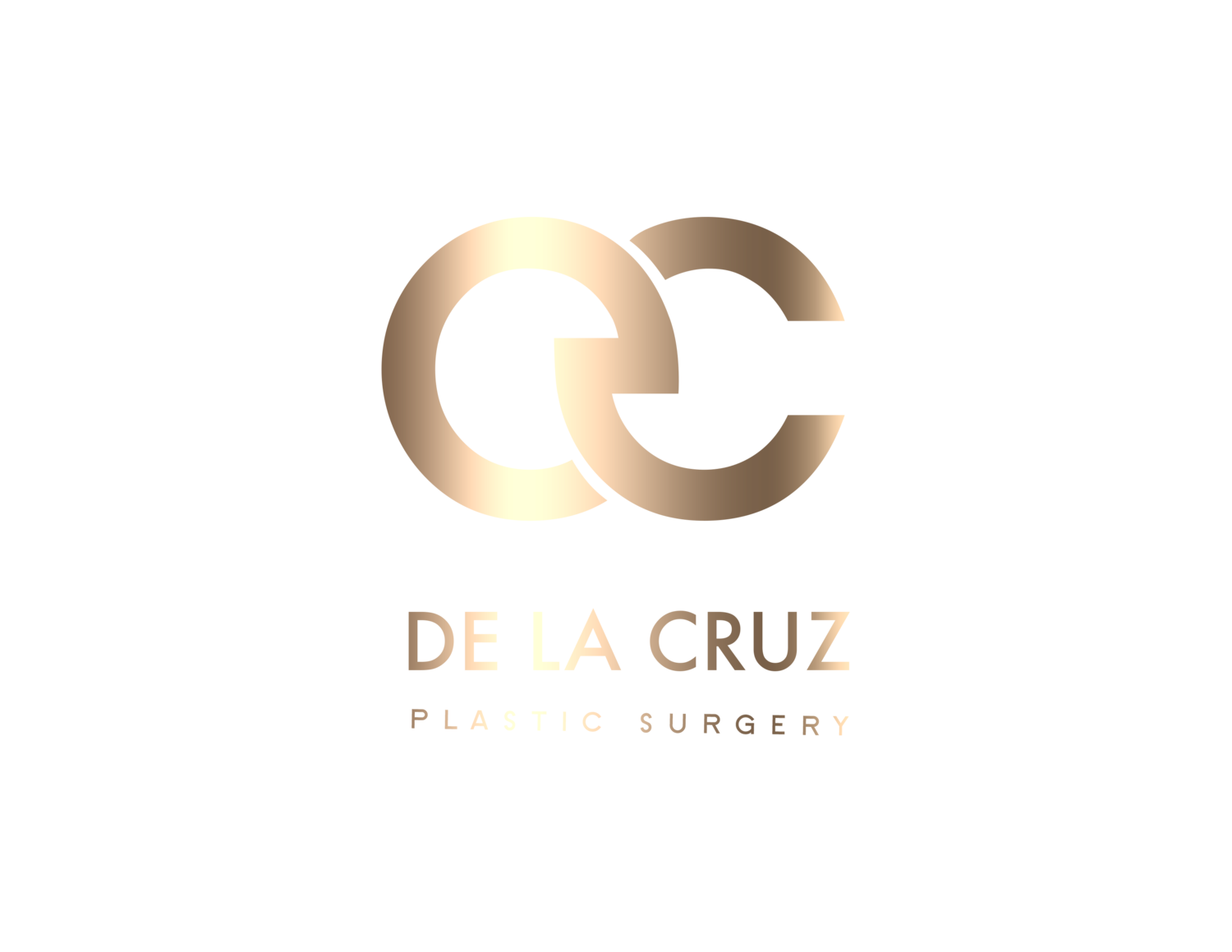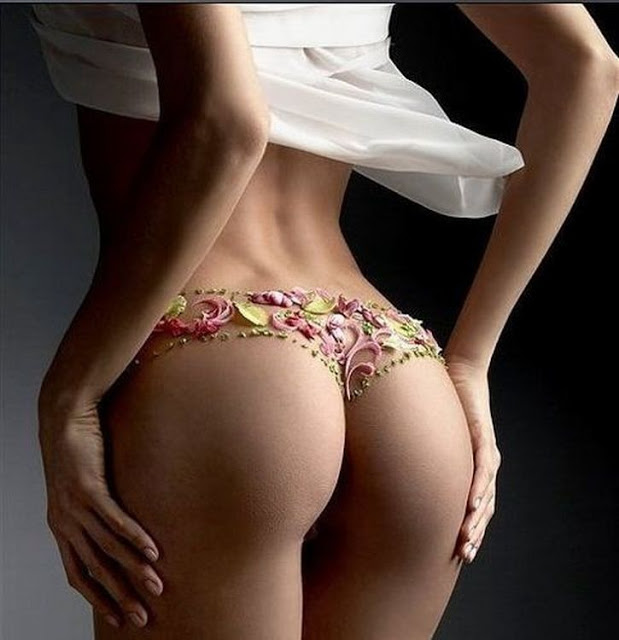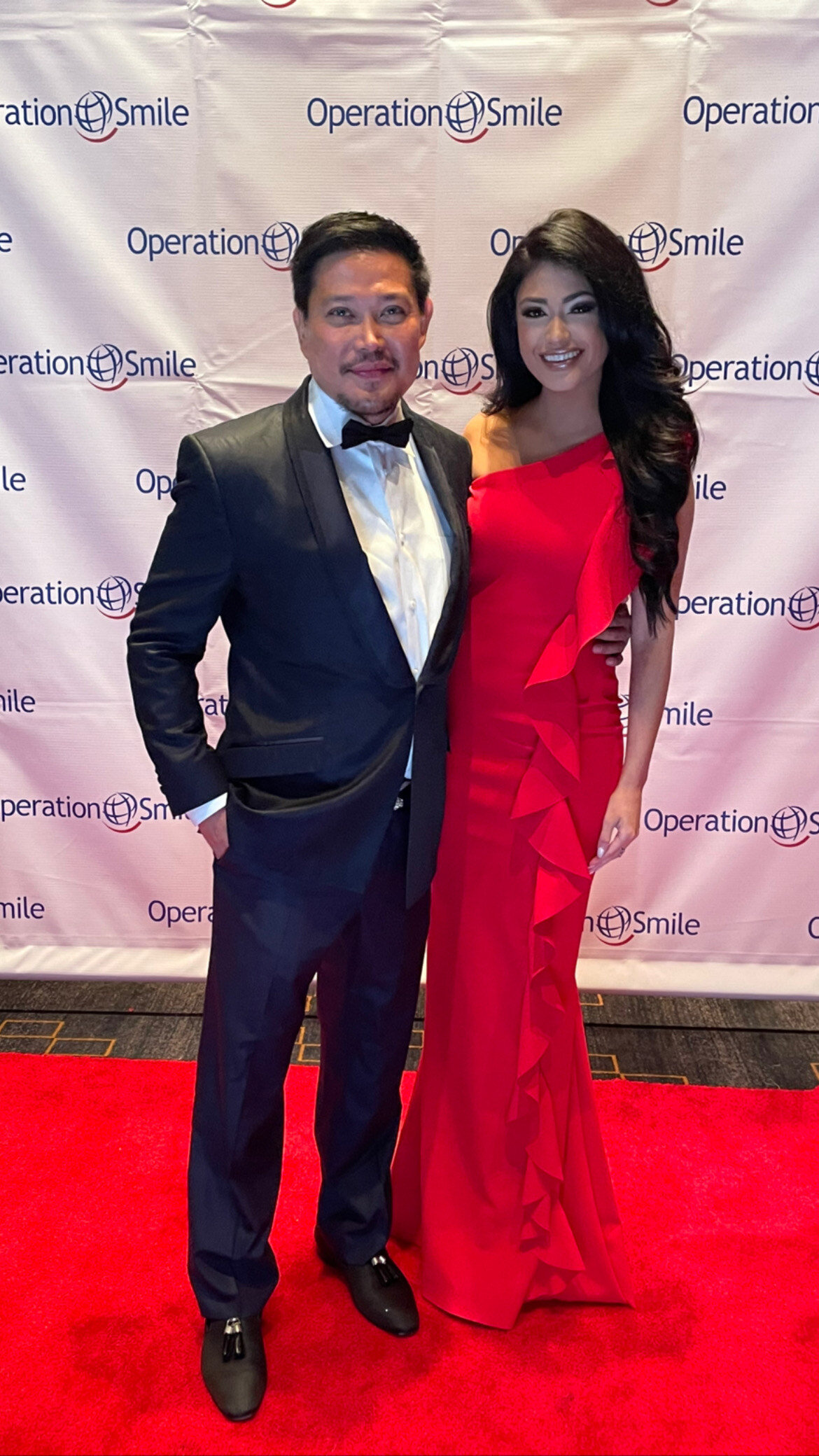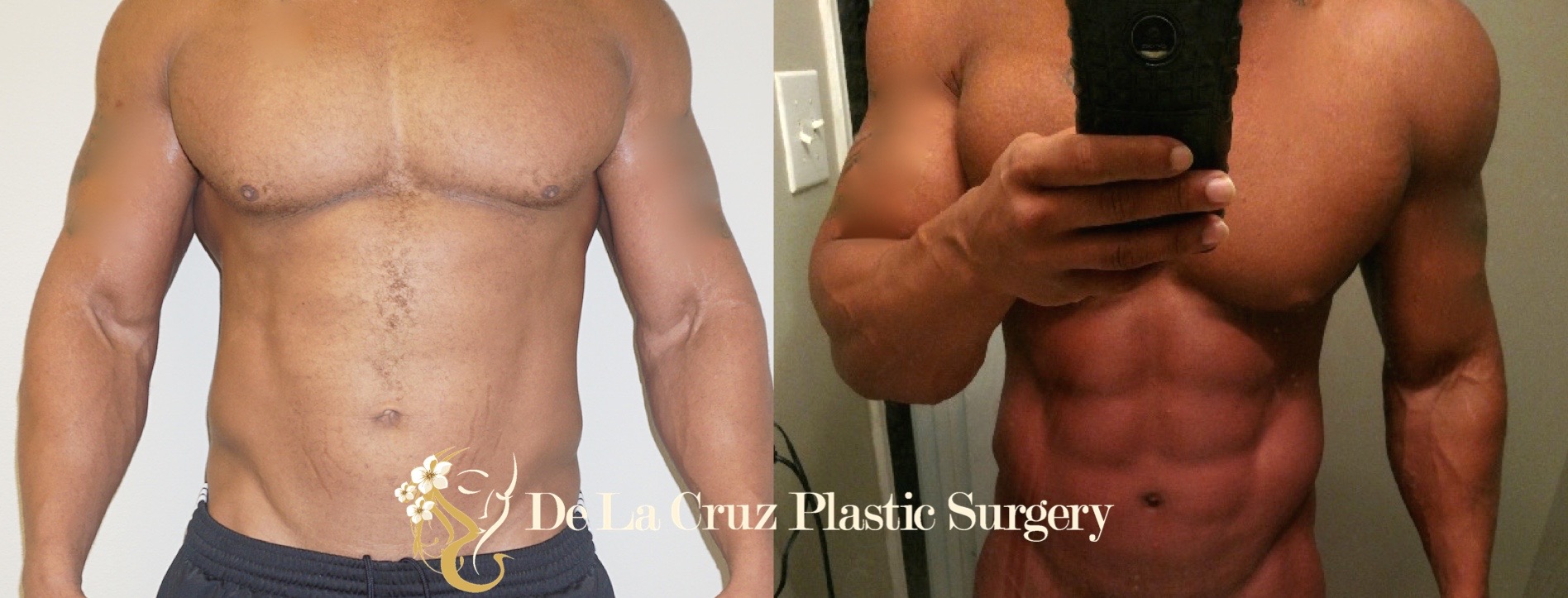Factors That Can Affect Fat Grafting Success in Brazilian Butt Lift
Fat grafting is the latest trend in body sculpting. A fat grafting procedure transfer autologous fat (from your own body) from areas in which patients have excess fat, such as arms, abs, flanks and back, and injects it into areas that may need volume-enhancement, such as face, hands, breasts or buttocks. In particular, many of my patients who desire a fuller, more curvaceous derriere opt for a buttocks augmentation with fat grafting (BBL). Since the fat grafted is not a foreign material such as an implant, there is no risk of rejection and very little risk of complications associated with implants such as often reported ruptures or leaks.
After the autologous fat is re-injected, 65% to 85% of the transferred fat will usually take and stay in the area for years to come, providing a permanent solution for the patient’s cosmetic needs. The rest of the transplanted fat will be harmlessly and naturally metabolized by the body.Due to this variable amount of fat graft take patients frequently require more than one session of grafting to attain their desired result. The percentage of the fat that survive will vary depending on many factors, some of which doctors can affect (the method of harvesting, processing and placement) and some others which are under patients’ control.
The method of harvesting is among the factors that enhance survival of the transferred autologous fats, and surgeons can definitely influence it. Clinical studies have shown that fat transfer procedures success is dependent on factors during the removal of the fat, such as the aspiration pressure used, and the cannula’s size used. The area where the fat comes from per se is not a determinant factor in fat grafting attainment. In this respect, I favor VASER liposuction system for viable fat harvesting. Fat cells treated and removed during VASERlipo procedures are typically of high quality and are viable to re-introduce the body (1). The VASER lipo system was designed to maintain the integrity of fat cells, by using ultrasound energy to selectively target and dislodge fat cells from the fatty tissue matrix. Atraumatic VentX cannulas give you the ability to fine tune suction pressure to remove the treated fat. Typically, 2.9mm to 4.0mm precision cannulas are used, depending on the donor site, and the pressure utilized to extract the fat with VASERlipo system is minimal (around 15 inch Hg) as opposed to the standard 25 inch Hg, which can affect the viability of the fat cells harvested. Two recent, independents studies have confirmed the viability of fat removed with VASERlipo: Cytori Therapeutics conducted a multi-site study that confirmed the viability of VASER-treated fat at 85% and regenerative cells at 87%, and the University of Pittsburgh Medical Center found the viability of VASER-treated fat to be over 80%, six weeks post re-injection (2). Research concluded that breaking apart adipose tissue prior to aspiration allows the use of atraumatic cannula and lower vacuum levels, which prevent the fat from tearing or shearing during aspiration.
Moreover, the method of processing is the second key factor that surgeons can use to maximize fat survival. The preparation process clears the donor fat of blood, pain killers and other unwanted elements that could cause infections or other undesirable complications. Separation from excess fluid (purification of the fat) ensures that the surgeon is injecting a higher proportion of fat. After the fat selection process is completed, only 500cc to 1500cc of the fat will be injected into each butt cheek. Three primary methods (sedimentation by gravity, filtering technique, and centrifugation) have been used clinically to process fat grafts. In this respect, centrifugation is the more effective method of choice for processing facts, based on numerous clinical studies that concluded: “although may be more aggressive on adipocytes, centrifugation clears the fat from most blood remnants and is able to possibly maintain the highest concentration of stem cells within the processed lipoaspirates” (3). For fat processing, centrifugation at a low speed is preferable to high-speed centrifugation, sedimentation by gravity or filtering technique. Research determined that fat grafts processed with centrifugation at 1200 g for 3 minutes have better viability and should be recommend for processing fat grafts.
Third, high success rates of fat survival can be achieved by choosing a proper method of placement. After the harvested fat is purified, the surgeon carefully transfers fat cells into each buttock. To do so successfully, he or she will make small incisions (less than 1cm in diameter) in the butt cheeks and use a hollow tube to insert small quantities of fat cells into each side of the buttocks (micro-fat injections). This process is repeated until the desired correction has been achieved, creating a grid of grafted fat. At the end, the surgeon proceeds to massage the grafted areas to create a satisfactory contour. By all means, fat placement requires slow injection techniques and is time consuming. Clinical studies in patients found that “a slow injection speed of 0.5 to 1.0ml/second resulted in larger fat grafts compared with a fast injection speed of 3.0 to 5.0 ml/second” (4). Increasing injection speeds can result in cellular damage. The studies also reinforce the principle that fat grafts, once placed, should have a maximal amount of contact with the vascularized tissue in the recipient site for better survival.
Lastly, proper BBL post-operative care and healthy lifestyle habits are factors that significantly affect fat survival. Patients can actively contribute a great deal on the success of the procedure and longevity of the results by following their surgeon’s recovery recommendations. In my experience, patients who successfully avoid sitting or putting pressure on their buttocks or stretching for the first eight weeks after their surgery are much more likely to have long-lasting results than patients who fail to follow this advice. The longevity of transplanted fat cells can also be affected by lifestyle factors. In particular, smoking can lead to the degradation of new cells because reduces circulation throughout the body. By eating right and avoiding cigarettes, patients can considerably increase the longevity of their Brazilian Butt Lift.
References:
(1) Schafer, M.E., et al. “Acute Adipocyte Viability After Third-Generation Ultrasound-Assisted Liposuction”. Aesthetic Surgery Journal. 2013 Jul; 33(5):698-704.
(2) Fisher, C., et al. Comparison of Harvest and Processing Techniques for Fat Grafting and Adipose Stem Cell Isolation. Plastic Reconstructive Surgery. 2013 Aug; 132(2):351-61
(3) Lee L.Q. Pu. “Towards more rationalized approach to autologous fat grafting”. Journal of Plastic, Reconstructive & Aesthetic Surgery.pdfs.semanticscholar.org
(4) Strong, Amy L. “The Current State of Fat Grafting: A Review of Harvesting, Processing, and Injection Techniques”. National Center for Biotechnology Information. https://www.ncbi.nlm.nih.gov
















